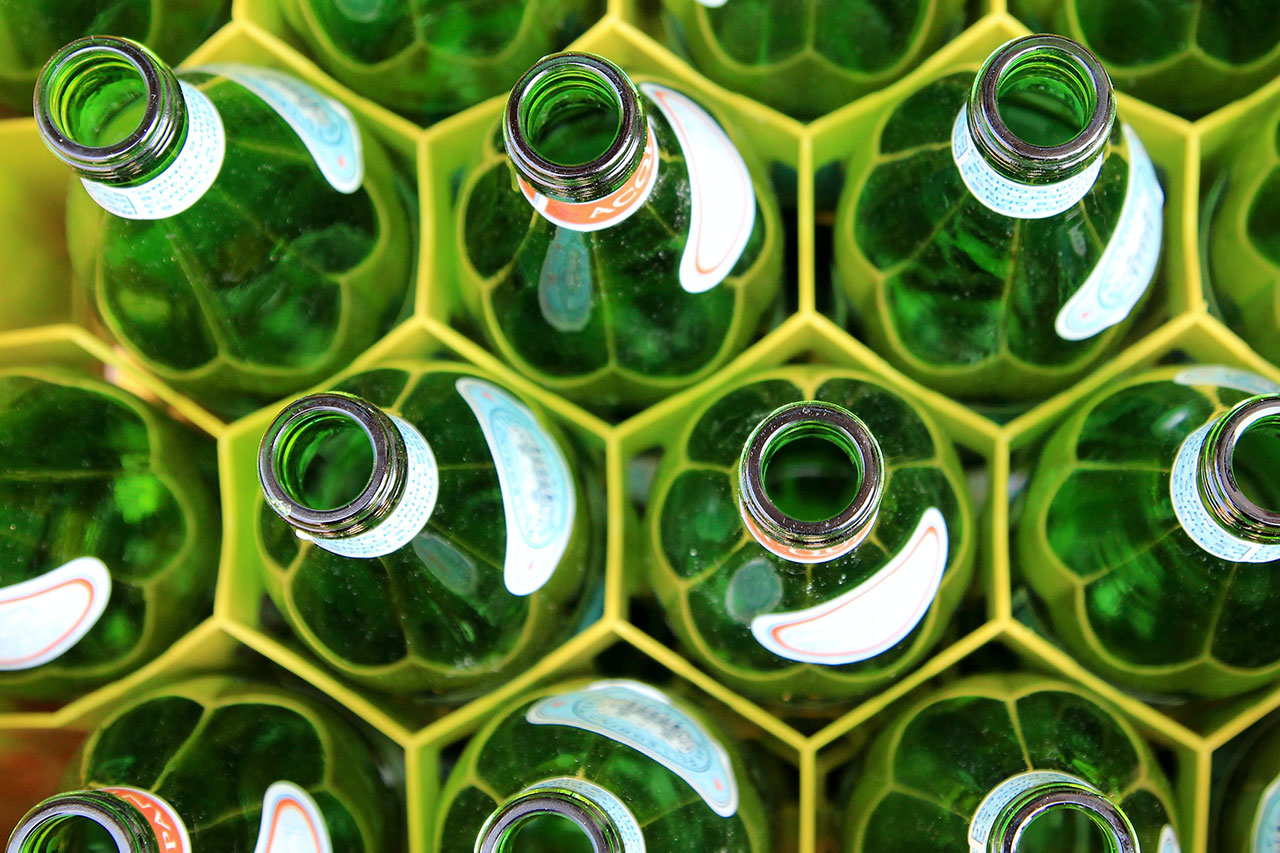
22 Sep Food Packaging Safety
The manner in which food is packaged partially determines its quality of taste, safety, and longevity.
A minor packaging mistake has the potential to compromise food quality and safety to the point that it tastes terrible or is a threat to human health. The subtleties of the materials companies use to package food make a world of a difference.
Materials Your Brand Should Use to Promote Food Packaging Safety
Though plastics have been used for packaging food for years, recent assessments show this material is inherently unsafe for food. Paper and metal also pose problems in the context of food packaging.
There is the potential for plastic and other materials to directly leak harmful chemicals into food, compromising their taste and safety. In particular, single-use plastics have particularly harmful chemicals. However, there are several other forms of wasteful packaging that also transmit nasty chemicals into food. As detailed below, glass packaging is comparably safe and sustainable. In short, the food safety packaging picture is still forming with each passing day.
The Problem with Using Styrofoam and Paper for Food Packaging Safety
Styrofoam is no longer used as frequently for food packaging as in years past, primarily because it poses a threat to our sensitive environment. However, it is interesting to note polystyrene, the packaging product used just before Styrofoam, is still used far and wide even though it transmits petroleum chemicals into food.
Paper fiber packaging used to transport food is typically laden with plastic and additives such as those dreaded PFCs (perfluorinated chemicals) that make it difficult to recycle. Paper fiber food packaging can also contribute to food contamination.
What About Glass Packaging?
Take a look at the latest food packaging safety reports from FoodPrint and Safer Made, and you will find there is a significant fault with most materials. Yet, glass food packaging is the sole exception. Perform your due diligence on glass packaging, and you will find it is nearly flawless.
Changes in Food Packaging Will Benefit the Environment
Improving food packaging safety enhances both human health as well as the environment. Food packaging should be made to preserve the quality of the food, safeguard human health, and benefit the environment. Even some fairly minor improvements in food packaging safety can help promote environmental sustainability while simultaneously protecting human health.
The days of the seemingly infinitely recycled plastic known as PDK, might be coming to an end. Penn State researchers have created a low-cost compostable material that is likely to replace the harmful plastic barrier coatings used in food packaging. Food packaging safety is on the brink of changing both in terms of production and disposability with the overarching goal of environmental sustainability.
The clock is ticking on the use of plastic for food packaging, mainly due to the unsustainable production of petroleum. Furthermore, plastic lasts forever. Plastic is filling our waterways as well as our landfills more and more with each passing day. Add in the fact that certain types of plastic such as polystyrene, cause health problems. It is becoming increasingly clear that sustainable food packaging safety is the wave of the future.

